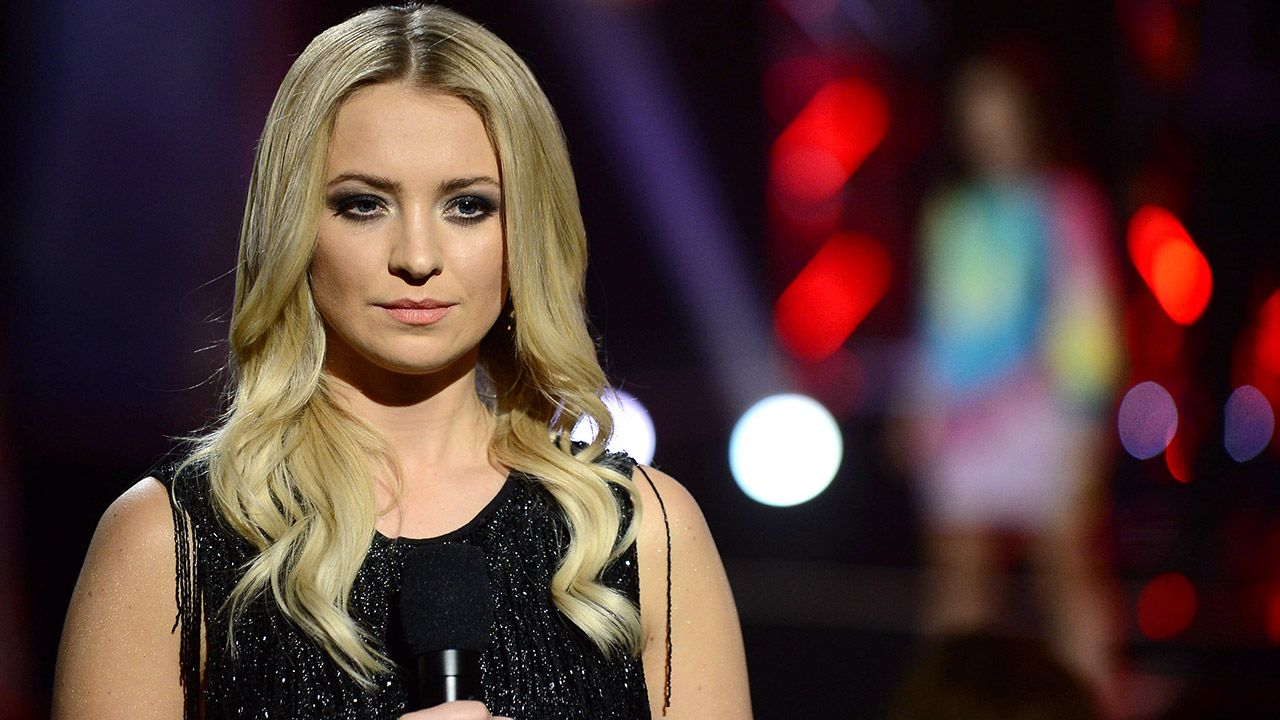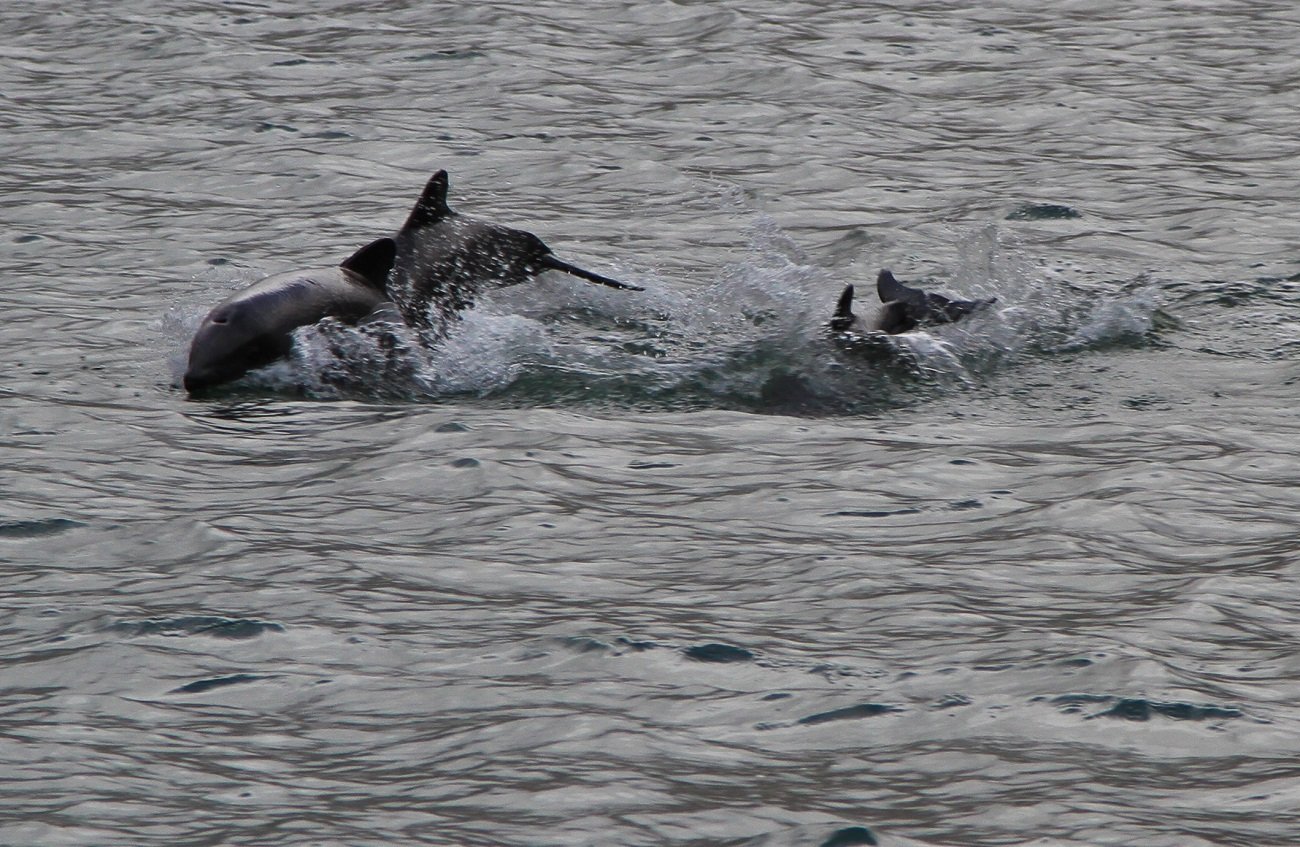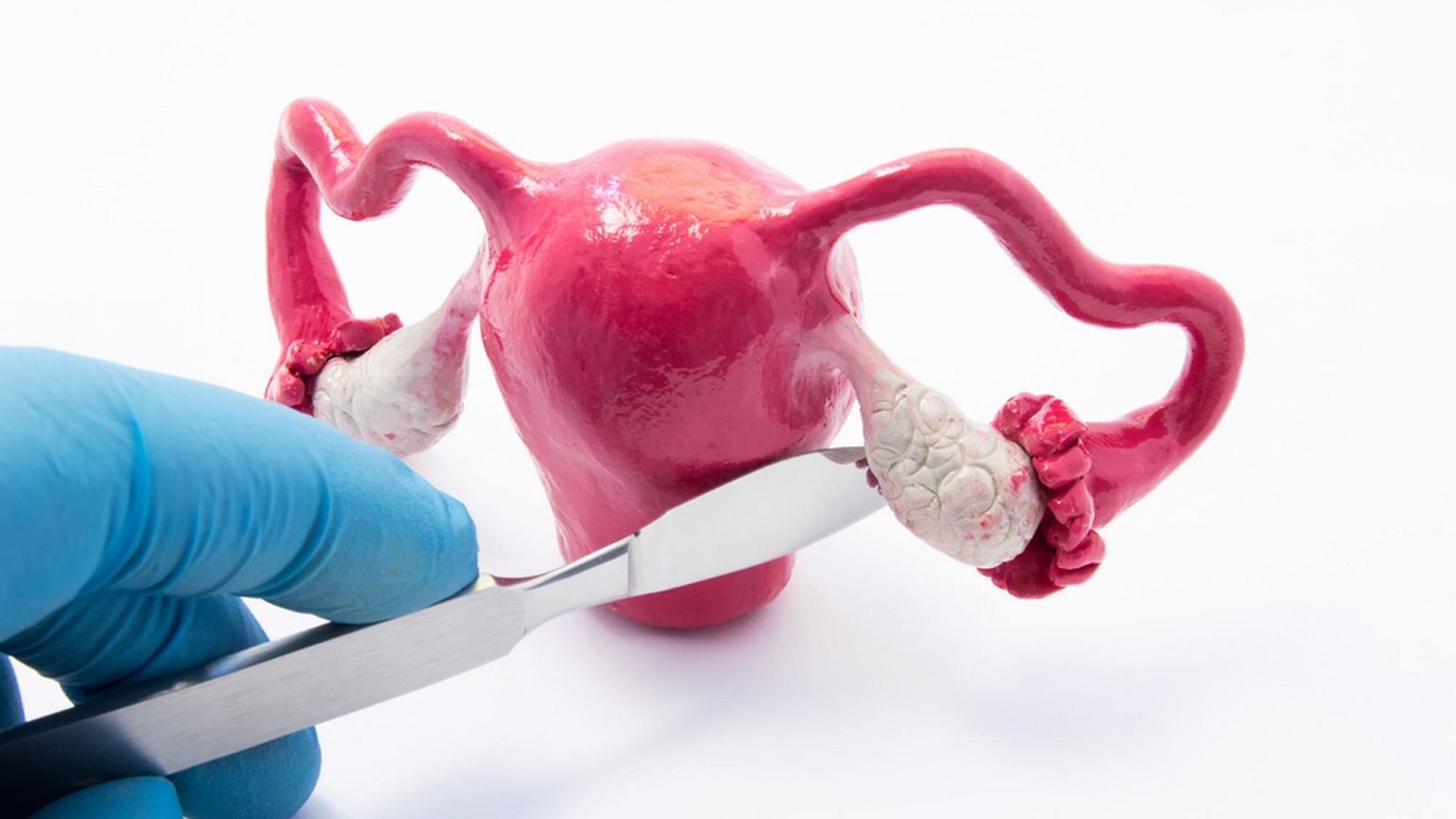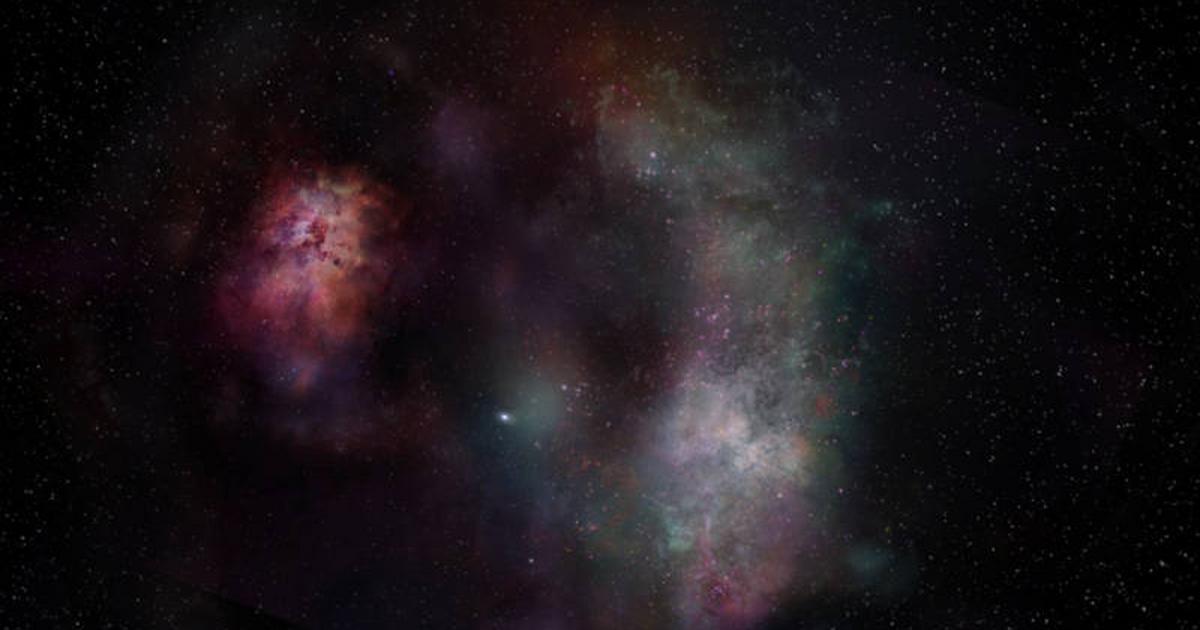Two years after the first cases of Covid-19 were discovered in Wuhan, the origins of the epidemic remain a mystery. The World Health Organization (WHO) has appointed a new team of scientists to investigate the case, but Beijing has rejected a plan to further investigate China and inspect the Wuhan laboratory.
The most discussed hypotheses relate to the natural transmission of coronavirus from animals to humans, possibly in the Huanan Seafood Market in Wuhan, and the escape of the pathogen from the laboratory of the Wuhan Institute of Virology (WIV), one of the largest bat virus research. centers in the world.
Meanwhile, Chinese authorities say that while Covid-19 was first diagnosed in Wuhan, the coronavirus itself does not necessarily come from China. They flatly reject the lab leak theory and say the virus may have reached China on imported frozen food. They also point to research indicating that it was spreading around the world even before it was discovered in Wuhan.
The first joint mission of international researchers under the auspices of the World Health Organization and Chinese scientists, which worked in Wuhan in early 2021, did not come up with a clear answer. Expedition members concluded that the virus may have passed from bats to humans via other animals. They assessed the laboratory leak hypothesis as “highly unlikely”.
However, there have been reports of pressure from the Chinese authorities and obstruction of access to necessary data. WHO chief Tedros Adhanom Ghebreyesus assessed the mission’s conclusions as premature and announced more research, including on the leak.
In mid-October, the World Health Organization established the Scientific Advisory Group on Sources of New Pathogens (SAGO) consisting of 26 scientists from 26 countries, including China and the USA. The WHO’s director of emergencies, Mike Ryan, opined at the time that this might be the “last chance” to pinpoint the source of the “virus that stopped our entire world”.
The new team included Dr. Katharina Summermatter, a biosecurity specialist from the Laboratory of the Institute of Infectious Diseases in Switzerland. Commentators saw this as an indication that the WHO wanted to stick with its declarations and consider the theory of in vitro leakage along with the hypothesis about natural transmission of the virus from animals.
It is not possible to rule out a laboratory accident unless there is sufficient evidence for it and these results are announced publicly Tedros wrote with two other WHO officials in a commentary in Science.
However, the future of this research is questionable, as the Chinese authorities rejected the WHO’s phase two investigation plan in July. Beijing has opposed the WIV examination, saying the hypothesis of the lab leak has already been refuted. According to the authorities of the People’s Republic of China, further research should be carried out in other countries.
Meanwhile, in Laos in September, viruses more similar to SARS-CoV-2 than all known pathogens were detected in bats. One of these viruses, called BANAL-52, is 96.8 percent similar. Some researchers have taken this as evidence that unprecedented features of the coronavirus may appear naturally. – I am now more convinced than ever that SARS-CoV-2 is of natural origin – It was evaluated by Singapore virologist Linfa Wang.
Supporters of the laboratory leak theory point to the controversial experiments conducted by Chinese virologist Shi Jingli in collaboration with Peter Daszak, one of the members of the first WHO mission in Wuhan. Critics accuse Daszak of withholding information about experiments that increase the infectivity or pathogenicity of viruses. Daszak denies it.
According to “Science,” WIV 2000 stored samples of bats infected with the coronavirus and mock viruses were created to determine how dangerous they are to humans. None of the viruses described by Shi and Daszak have been linked to SARS-CoV-2, but some critics say that if they had done research that led to the epidemic, they could have hidden it. The WIV and Chinese authorities have repeatedly rejected accusations of alleged links to the outbreak.
The new WHO advisory group on pathogen sources consisted of six members of the first joint mission in Wuhan. Daszak is not among them.

Echo Richards embodies a personality that is a delightful contradiction: a humble musicaholic who never brags about her expansive knowledge of both classic and contemporary tunes. Infuriatingly modest, one would never know from a mere conversation how deeply entrenched she is in the world of music. This passion seamlessly translates into her problem-solving skills, with Echo often drawing inspiration from melodies and rhythms. A voracious reader, she dives deep into literature, using stories to influence her own hardcore writing. Her spirited advocacy for alcohol isn’t about mere indulgence, but about celebrating life’s poignant moments.








